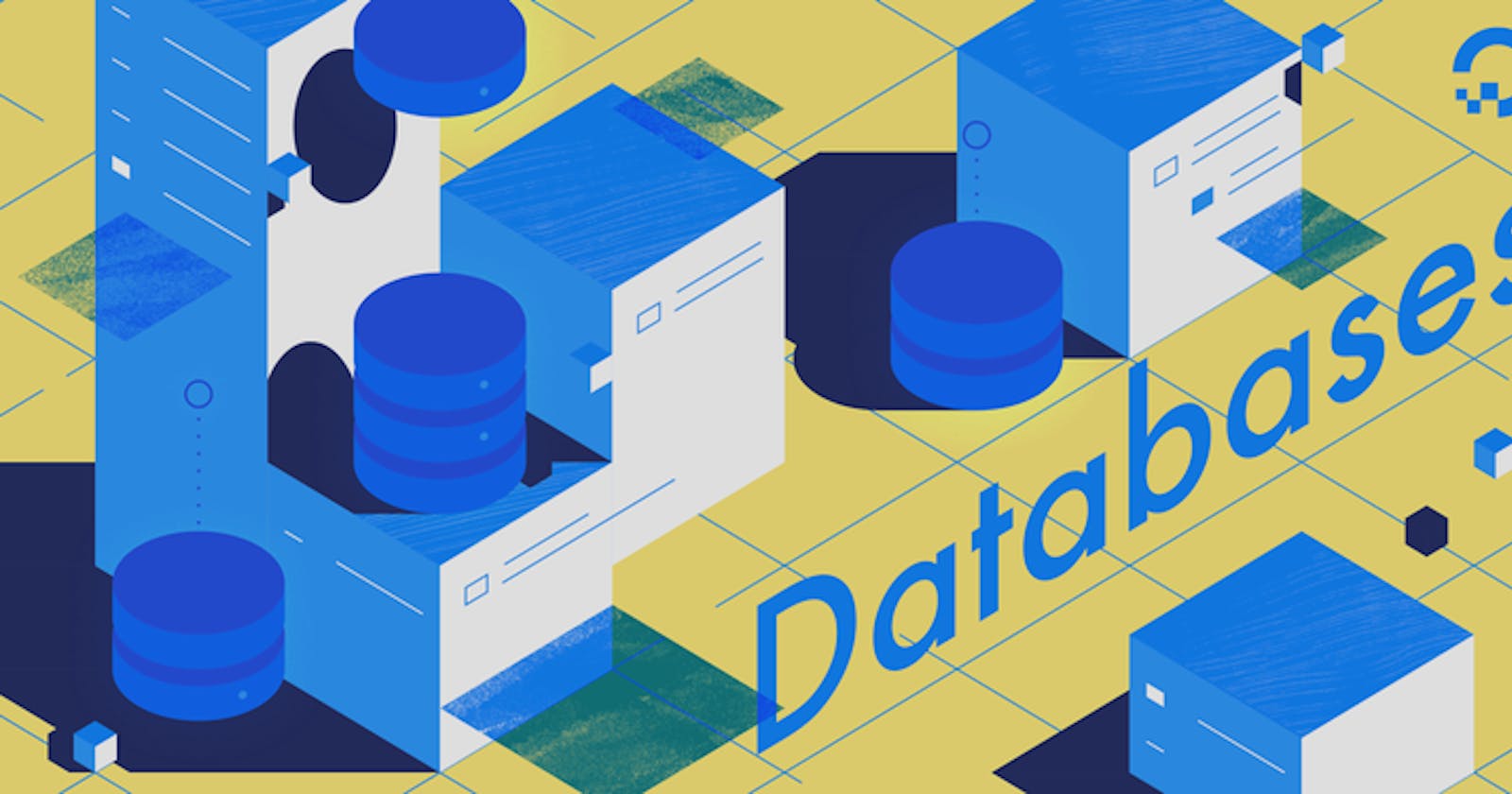A database is an organized collection of structured information, or data. Thanks to databases, the data of an application can then be easily accessed, managed, modified, updated, controlled, and organized.
Different Types of Databases
There are many different database types currently available, each with benefits and drawbacks, and suited for different use cases. Every database type creates a specific environment for storing data and the relationship between information. The most predominant database types are relational (or SQL) databases and non relational (or noSQL) databses.
- Relational databases store data in table-like structures as rows and columns with a focus on data consistency. This database type focuses on relations between data, and it is the most widely used database type. Examples of SQL databases are MySQL, PostgreSQL and SQL server. All these use SQL (structured query language) as the query language. Querying means performing any operation on data, like reading, writing, editing or deleting.
NoSQL databases, also known as non relational databases or document oriented databases, are structurally diverse types of databases with a focus on high availability. Common examples for this type are Firestore, MongoDb and dynamoDb. In this model, we have documents and each document is a container for key-value pairs. At the same time, documents are contained within collections. In noSql databases, data doesn't have to follow a schema, which means you don't necessarily need to have the exact same data within each document.
Key-value databases store information in a way very similar to a javascript object, where we have a set of unique keys and each key points to a value. An example of these type of databases is Redis. Redis stores information in the computers memory, as opposed to most databases which store on disk. This fact combined to the way it structures information makes it really fast when retrieving data, which makes it a great option when we need to cache data that will be read a lot.
Graph databases are a type of NoSQL database with a focus on relationships between data points. With a topographical network structure, graph databases are the best system for exploring and discovering relationships.
Multi-model databases provide a single engine for working with multiple database model types.
Components of a Database
Five main components make up a database system.

Hardware
Hardware encompasses the physical devices that connect computers with the real world. When it comes to databases, servers, storage disks, and various data collection devices include the hardware needed to run and populate a database.
Software
The software includes a wide array of programs used to access, manipulate, and control the databases. On the lower levels, the software includes the operating systems on which the databases reside, the network for communication with the databases, and the software to access the data.
Data
Data is the essential fact about an item or event which the database can save. The data requires processing to gain meaning and become information. Additionally, processing extracts insightful details from the data and aids in decision-making procedures.
Procedures
Database procedures include all the functions operating within a storage. Whether it's regular backups, generating reports, and other day-to-day operations, procedures are an instruction set run in the database management system.
If my article was helpful, consider inviting me a coffee = )


